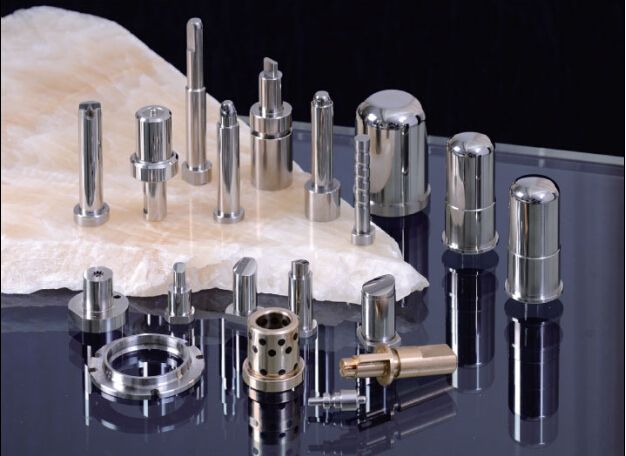A shaft with a ratio of length to diameter greater than 25 is called a slender shaft. For example, screws and light bars on lathes. Due to the poor rigidity of slender shafts, cutting force, cutting heat and vibration during turning, it is easy to deform.
And machining errors such as straightness and cylindricity occur, which is not easy to achieve shape position accuracy and engineering drawings on the surface. Technical requirements such as quality make cutting difficult.
The larger the L / d value, the more difficult the turning process.
Poor rigidity of slender shafts. The workpiece is prone to defects such as bending waist drums, polygons, and coarse knots due to a variety of factors such as machine tools and tools during machining. Especially the grinding process is usually poor in size and rough in surface.
The requirements are higher and the cutting heat during grinding process is more likely to lead to deformation of the workpiece due to heat treatment requirements such as quenching and tempering of the workpiece during the grinding process, etc.
Therefore, the solutions to the above problems become very delicate.
The key issue in dealing with slender shafts, the key technology for turning slender shafts is to prevent bending and deformation during machining. For this purpose, measures must be taken in terms of fixtures, machine tools, machining methods, operating techniques, cutting tools and cutting consumption. When the slender shaft is rotating, the clamping method of one end clamping is generally used.
A threaded tooling specifically for slender shaft parts
It is difficult to achieve a high level of accuracy when machining long and thin shafts on an ordinary lathe, and both clampers and turners have difficulty in machining long and thin shaft threads with high accuracy requirements. Usually, there are two methods to process the threads of slender shaft parts on a normal lathe.
There are two methods: using a clamping method and a top method for turning with a threaded tool, which has strict requirements for the tool and the clamping method; using a manual sleeve method, which is not easy to grasp the balance and is prone to distorted thread tapping, and has low processing efficiency and accuracy.













